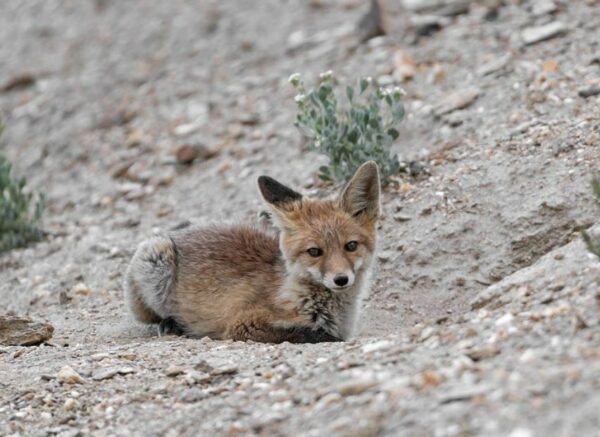With rampant urban development, there has been an increase in competition for limited resources between humans and wildlife. Often, these have severe consequences. Injuries to wildlife due to road accidents, ill-treatment, undernourishment, and mishandling in captivity are highly prevalent. This often leads to the need for wildlife rehabilitation centers.
What is wildlife rehabilitation?
Wildlife rehabilitation is the treatment and subsequent release of injured wildlife. This ranges from small-scale operations of individuals, working from their homes, usually with a veterinarian, to professionally staffed wildlife hospitals. Other than the welfare of the injured animal, wildlife rehabilitation also provides opportunities to monitor wildlife health, contaminant loads, and disease prevalence.
Wildlife rehabilitation contributed immensely to conservation medicine, an interdisciplinary field that recognizes and integrates the links between human health, wildlife health, and ecosystem health. Furthermore, wildlife rehabilitation benefits from a rapidly expanding knowledge base and ever-increasing professional standards. Generally, by law, free-ranging native wildlife is a natural resource that belongs to the public. Therefore, wildlife rehabilitation is regulated by state, provincial, and federal wildlife agencies. Treating injured wildlife often focuses on common and widespread species, and human-wildlife interactions are typically the leading cause of admission.

A bit about the procces!
When an animal rescue occurs, the immediate support provided forms an answer to whether the individual will be able to survive or not! Following are the conditions which are thoroughly examined in the individual rescued:
- Any external injuries in the body of the individual should be checked for.
- Signs of trauma, heavy breathing, or stress should be monitored well.
- Any abnormal behavior shown by the individual should be well-noted.
- Signs of fatigue, tiredness, hunger, etc., should be addressed.
- The physiological movement of the individual must be well-checked to understand whether it is in a state of malnutrition or not.
- Instant relief and first-aid care of the rescued individual needs to be done;
Upon admission (where possible) include species, age, sex, location found, and reason for admission. After treatment with proper medication, individuals are often kept captive under constant observation and surveillance by the caretaker. This is in order to monitor any abnormal behavior in the individual. The individual’s nutrition intake must be managed appropriately throughout the rehabilitation process. Upon observing any signs of recovery in the individual, proper conditions similar to a natural environment should be provided to assess soft-release in the future.
The Challenges and Potentials of Wildlife Rehabilitation
Wildlife rehabilitation facilities are a challenging task. The centre must be large enough, have a suitable habitat, and adhere to all applicable laws. Managing stress and risk is yet another essential aspect of wildlife rehabilitation. Responding to public questions on human-wildlife conflicts and working with animals in severe conditions can be difficult emotionally. Making tough decisions, such as euthanizing an animal, is never easy but is occasionally required and can add more stress.
Several conservation breeding programs are currently running in which rescued individuals, upon recovery, are kept in such programs. Future wildlife management practices should better integrate animal rehabilitation, especially when natural disasters pose a threat to endangered species. Moreover, rehabilitators also play a significant role in educating people regarding conservation. Rehabilitated animals often cannot be released into the wild if they are permanently injured or have lost all fear of people. Therefore, these animals can be used to educate the public about endangered species.
Conclusion
The National Wildlife Rehabilitators Association (NWRA), an international association created in the early 1980s, estimates that its members cure roughly 500,000 wild animals annually.Several organizations, including Wildlife SOS, Wildlife Welfare Association, Centre for Wildlife Rehabilitation and Conservation, and several state forest departments carry out Wildlife Rehabilitation in India.
